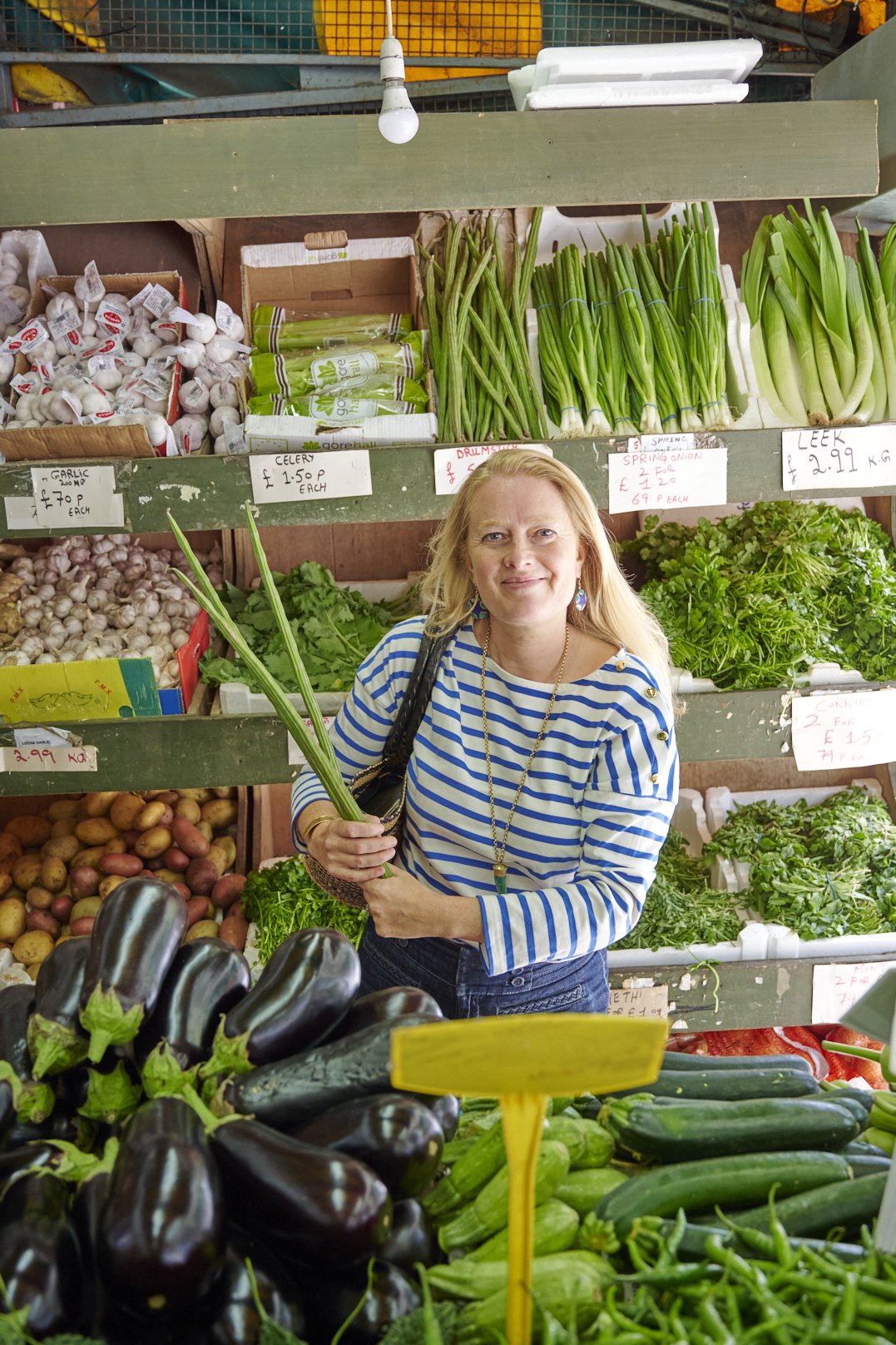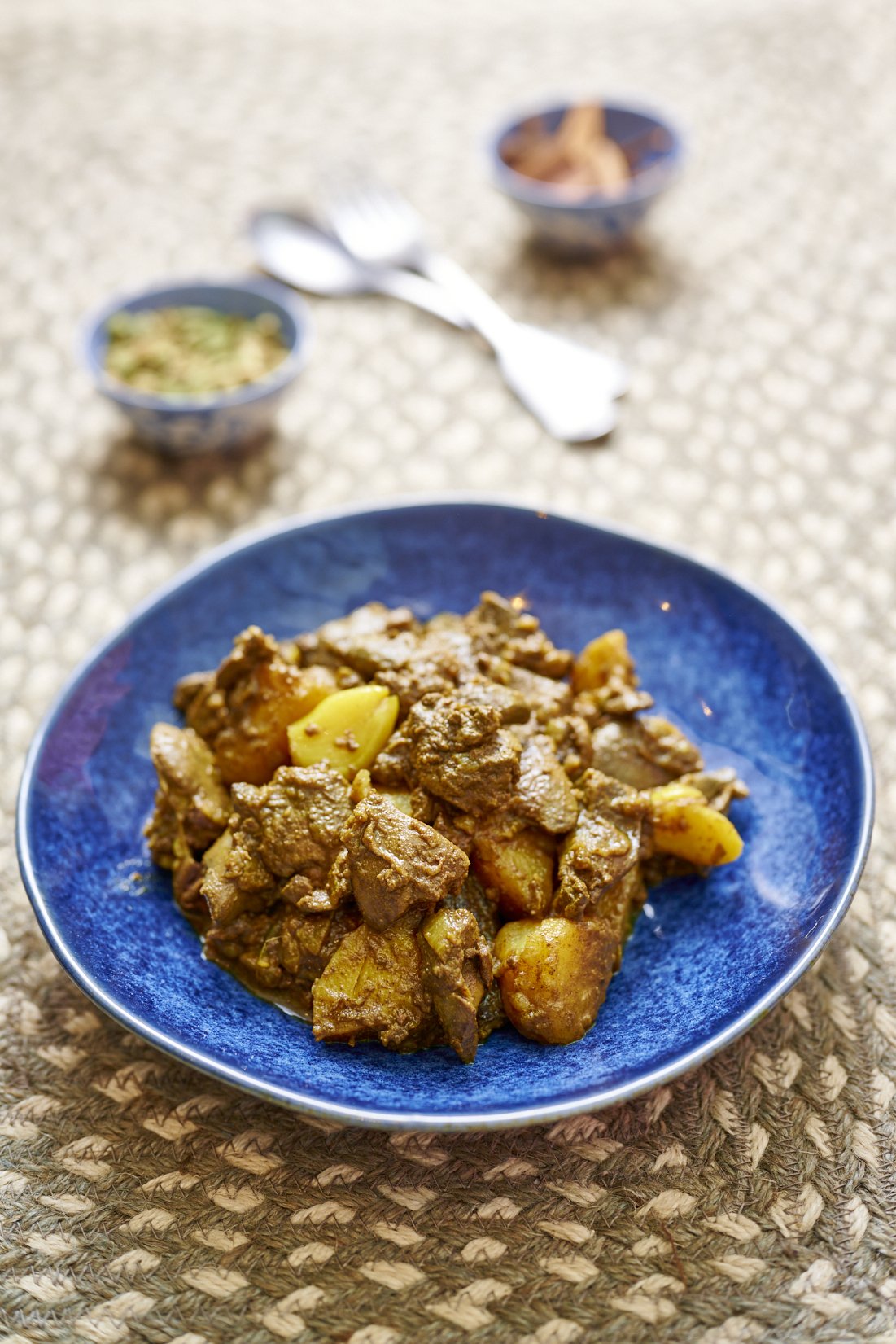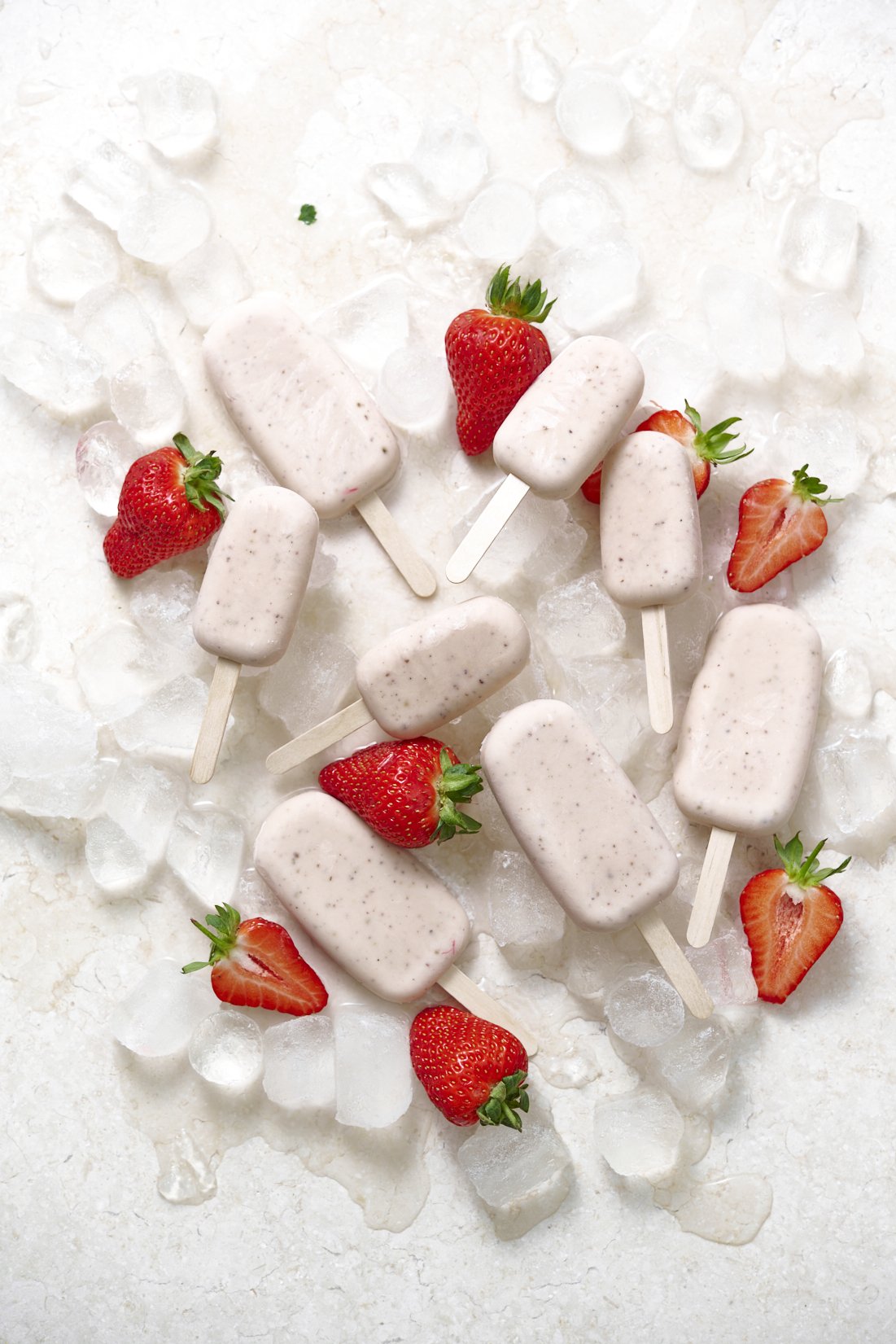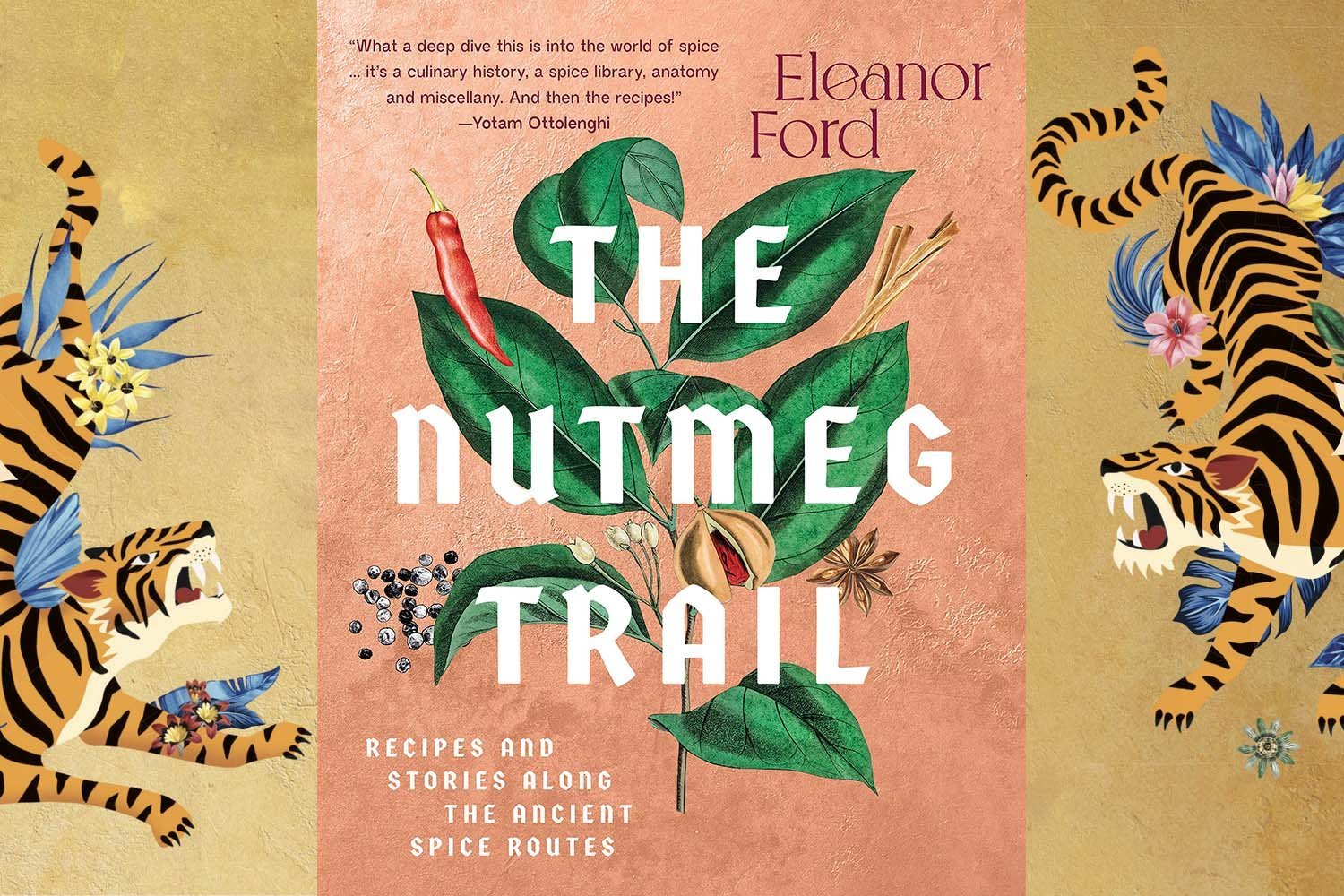Advertisement
Behind The Cookbook: Chilli & Mint
9 August 2022 · Behind the Cookbook
“In many ways, I act as the bridge between the cuisines
of the East and the West.”
Torie True is a food writer, blogger, and home cook. She also teaches people how to cook Indian food in her home kitchen in southwest London (and via Zoom), a skill that she has picked up through more than 20 years of traveling throughout India, and that she has learned from her husband’s family, whose roots are in Kolkata.
Torie describes her role as a teacher as being “a bridge between East and West cuisines.” She is passionate about cooking wisely with spices. Her cooking classes help the uninitiated navigate the intricacies of Indian cuisine – and to bring a little bit more spice into their lives and diets.
Torie’s first book, Chilli & Mint, was published in November 2021. Here she tells how the book came into being, and why she believes it’s important to pass on the knowledge she has learned.
By Torie True
Photographs: Tim Green
Believe it or not, I’ve been cooking Indian food in the home for over half my life. It all really took off when I met my Indian husband and was introduced to his family and, in particular, his mother. We bonded over food and the creations she prepared for us whenever we visited. Her cooking tasted nothing like the Indian dishes that I was familiar with – the curry house staples I’d grown up with – but it was also quite distinct from the more refined Indian eateries that have recently sprung up.
The vegetable dishes sang and were often drier than I had been accustomed to. I was introduced to vegetables I had never tried before: karela, potol, tindora, and dudhi, each as delicious as the next and easily available at Asian supermarkets here in the UK. This was Indian home cooking that would nurture, comfort, and transport those who ate it to the lands of her youth. It beguiled me and set things in motion that continue to this day.
I would love to watch and help as best I could, asking questions about the recipes’ origins and learning more about spices as the years went by. She never measures, but instead uses the technique of andaaz, which means ‘by approximation.’ You can only really cook this way once you understand spices, and that takes a little time.
I decided to start scribbling down what she was doing and measuring where I could so I could recreate the recipes myself. Many of these recipes are now in my cookbook Chilli & Mint, being passed on to others.
Classics such as Bengali Chicken Curry – a staple in every Bengali home and ever so comforting – Mustard Fish Curry, Cauliflower with Potato and Dried Fenugreek, Kosha Mangsho, Coconut and Sultana Chana Dal, Tomato Chutney, and Luchi, to name a few. She also showed me how to transform chicken livers into a curry that is so easy and yet utterly delicious. I debated whether or not to put it in the book, as I know so many people are scared off from eating liver from their school days; but this curry is transformative and will reward whoever gives it a go. I am glad I kept Chicken Liver Curry in the book.
Teaching others
Numerous trips to India furthered my knowledge and interest in the cuisine, the people, and the culture. When friends asked if I could show them how to cook some of the curries, I agreed. Little did I know that these favours would lead to a thriving business teaching a wide range of people how to cook Indian food, and an actual cookbook.
The seed of the book came from numerous clients who urged me to find a publisher and put all the recipes in a book so that they could all buy copies. I think the fact that I had learned from scratch and built up a knowledge and understanding owing to my links with the country, gave them the confidence that they, too, would be able to cook similar recipes by following my instructions. In many ways, I act as the bridge between the cuisines of the East and the West.
I feel people learn better when they are working hands-on and ‘doing’ as opposed to just being shown, so I thought the best way to do this was to first take them to the Asian grocers near to where I live. This way they would know where to source everything, which I think is half the battle.

The careful use of spices is at the heart of Indian cuisine, a topic Torie writes about in detail in Chilli & Mint.
In my book I made sure to have a section dedicated to an explanation of the spices and other key ingredients. I felt that a reference section would help set the scene before using the spices themselves. I have also listed several online suppliers and shops that readers can order through to make it as easy as possible to replicate my recipes.
Following the tour, my students and I return to my house and work as a team. I take on the role of the conductor and, my students, the orchestra. Together we create six Indian dishes in just over two hours. Whatever is on the menu, a huge sense of achievement is always felt.
The curries are not swimming in oil, laced with cream, or drowning in chillies. A misconception is that Indian food is spicy. Spiced, yes, but not necessarily spicy. The warmth of my Chettinad Pepper Chicken, for instance, is derived from black peppercorns, not chillies. The recipes are largely what I consider ‘healthy’ (there are a few fried snacks) and easy, for the most part. This is the type of food that people eat in the home.
My classes gave me a great platform to showcase a wide range of my recipes, so I could see firsthand how everyone got on with preparing them, whether they would cook them again, and how much they loved them. It enabled me to tweak and change recipes over the years.
Over lockdown all my classes went onto Zoom and I would send everyone the spices in advance so that they all had the same starting point. Again, this gave me a great vantage point to see how everyone got on with the recipes when I was not standing right next to them but cooking with them through a screen.
Why ‘Chilli & Mint’?
Choosing a name (and indeed a cover) for a book is hard. You want something that is short and snappy but also sums up what the book is about. Working with my publisher, we felt the name of my food blog ‘Chilli & Mint’ was a good strong name, coupled with ‘Indian Home Cooking from a British Kitchen’ to make it super clear. It covered the full gambit of spices and herbs that you will find in Indian cooking.
Chilli is more ubiquitous in Indian cooking than mint, but you will find mint making an appearance a couple of times in the book. My Chilli and Mint Choc Chip Ice Cream is a showstopper but a little more time-consuming than my Strawberry and Black Pepper Kulfi.
Another herb that you don’t often think of in Indian cooking is dill, but Dill Dal makes an appearance in my book, a recipe shared with me by my Gujarati shopkeeper friends from my neighborhood.
I have genuinely loved all the different stages of bringing the book together and working with an incredible team of professionals at Meze Publishing and my photographer, Tim Green. Tim spent nine days with me in the summer of 2021 as I cooked 106 recipes from my kitchen and then styled them ready for him to take the perfect shot.
Exhilarating from start to finish. As one wise independent bookshop owner said to me as I signed copies of my book, “The hardest part starts now – spreading the word and marketing it to all four corners of the land” and hopefully beyond.
I think she was right, but I am loving the journey it is taking me on.
Try some of the most popular recipes from Chilli & Mint.
Sign up for ckbk's weekly email newsletter
Related posts
Behind the Cookbook
Virsa: keeping family traditions alive and helping the local community.
Behind the Cookbook
The story behind the creation of My Big Fat Greek Cookbook.
Behind the Cookbook
Eleanor Ford gives a behind-the-scenes look at the making of The Nutmeg Trail.
Advertisement








